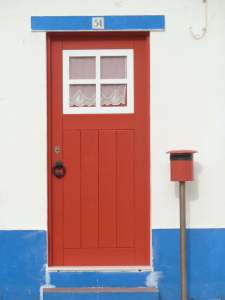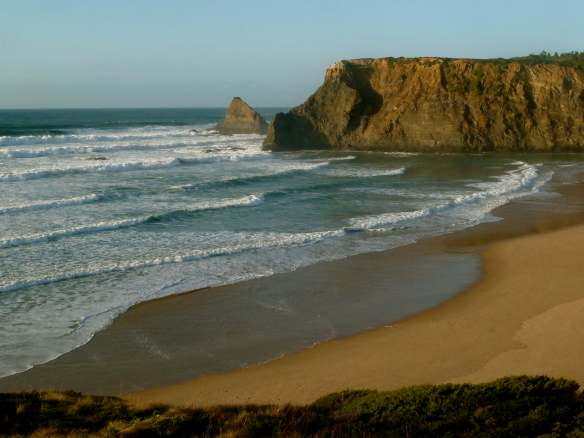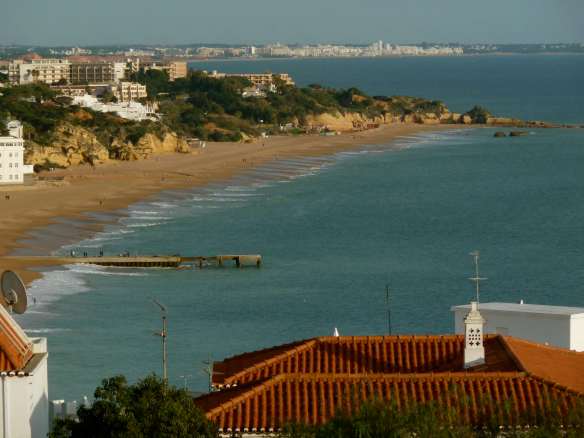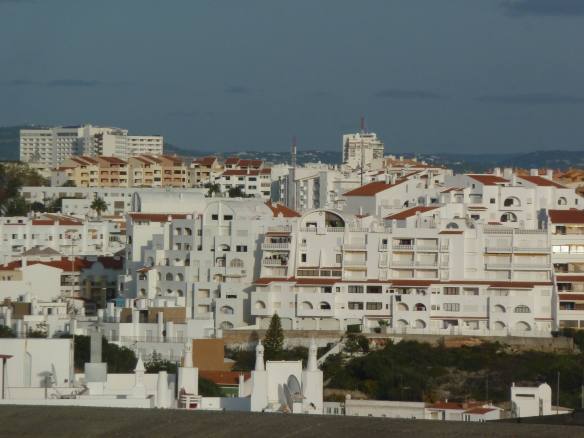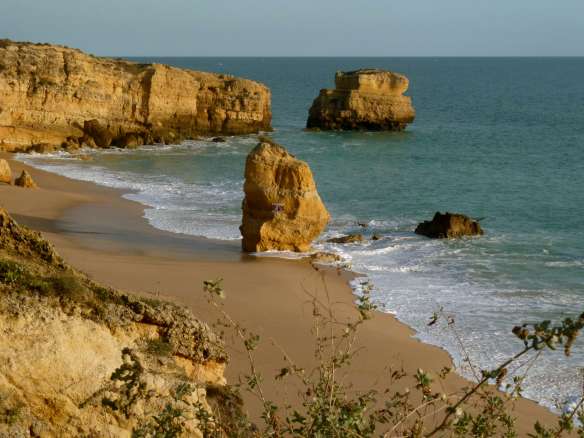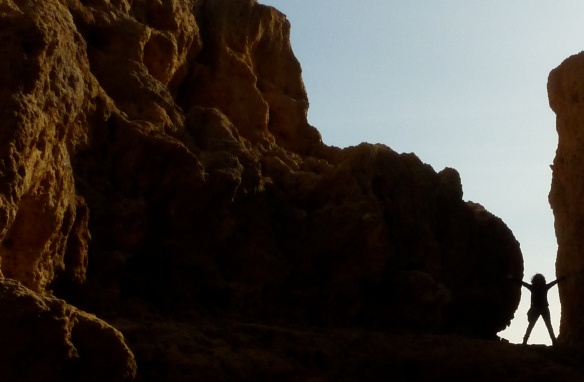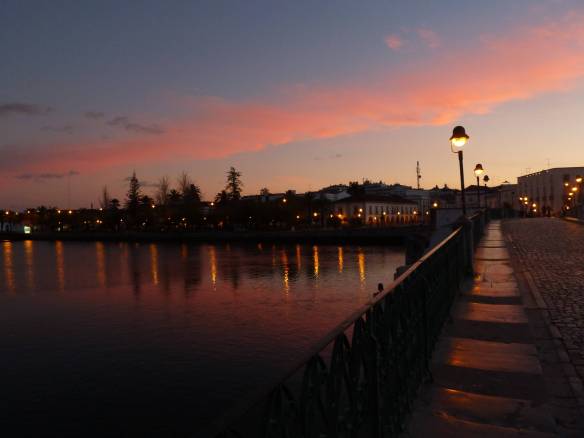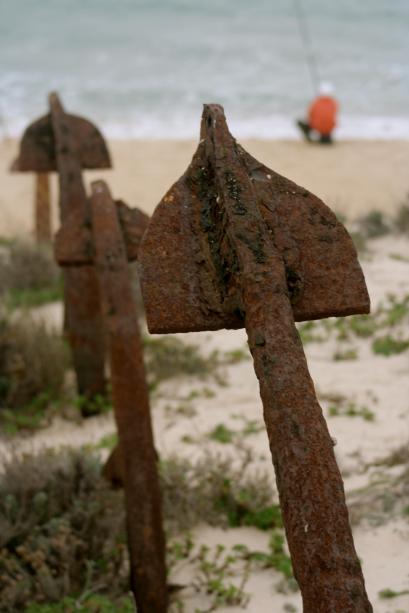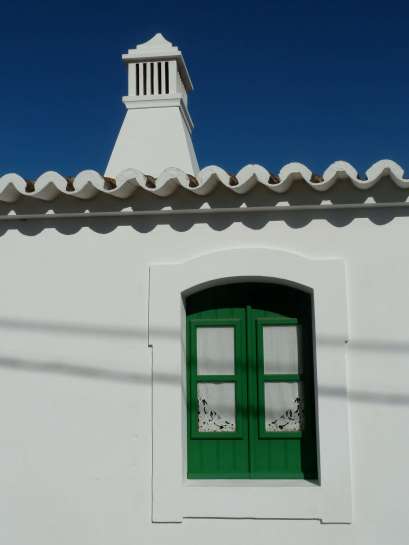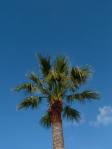 Before I blog about Christmas and New Year, I just want to tell you about a 5-day road trip we did just a few weeks before the festive season – a little Christmas present to ourselves. We decided to head south to the Algarve on Portugal’s south coast. To get there we traveled through the Alentejo region, renowned for some of Portugal’s best wines. Alentejo is also regularly called the ‘Tuscany of Portugal’. It is Portugal’s largest region – think rolling hills, grapevines, cork trees, rugged coastlines, traditional villages and farming. The maps shows the regions of Portugal and the arrows shows our overnight stays – one night in Alentejo and then three nights in the Algarve in Portimão, Albufeira then Tavira then we drove back up through Alentejo on the eastern side, along the border of Spain and back to Lisbon. It felt like we were away more than 5 days as we did so much and I took just over 800 photos in 5 days! It was a fantastic trip.
Before I blog about Christmas and New Year, I just want to tell you about a 5-day road trip we did just a few weeks before the festive season – a little Christmas present to ourselves. We decided to head south to the Algarve on Portugal’s south coast. To get there we traveled through the Alentejo region, renowned for some of Portugal’s best wines. Alentejo is also regularly called the ‘Tuscany of Portugal’. It is Portugal’s largest region – think rolling hills, grapevines, cork trees, rugged coastlines, traditional villages and farming. The maps shows the regions of Portugal and the arrows shows our overnight stays – one night in Alentejo and then three nights in the Algarve in Portimão, Albufeira then Tavira then we drove back up through Alentejo on the eastern side, along the border of Spain and back to Lisbon. It felt like we were away more than 5 days as we did so much and I took just over 800 photos in 5 days! It was a fantastic trip.
From Lisbon we drove a few hours to a small village called Vila Nova de Santo Andre. This was a good base for us to do some smaller trips to Troia and the nature reserves nearby and ocean beaches. That night we stumbled across an old primary school that had been turned in to a restaurant. It was so quaint and gorgeous. The Alentejo region is renowned for it’s traditional food – black pork (the pigs are black in colour and the meat is more tasty), game dishes, bread, cheese, wines and seafood. We ordered the most spectacular dish of wild rabbit empada – the rabbit is wrapped in pastry with delicious spices and served with pilau rice and salad. One of many of my favourite meals so far in Portugal and we highly recommend this restaurant for it’s fantastic service, local organic food and large selection of local wines. If you’re ever around Cachopos, near Sines in Alentejo, go to Restaurante A Escola. Maravilhosa!
The following day we ventured off along the spectacular coastline of Alentejo to some of the most beautiful beaches I have seen. First stop was one of my favourite places, a little seaside town called Porto Covo. It’s an old fishing village still blessed with cobblestoned streets with the gorgeous cottages in blues, reds and whites.
As we drove further south we made stops at Vila Nova de Milfontes, Zambujeria do Mar, Odeceixe and we just made it to Praia do Amado for sunset. The coastline became more rugged and wild and I was starting to wish we had more than just five days. Part of me was also wishing it was summer, but then again, summer brings hoards of people and turns the whole south of Portugal in to a totally different place. The peace and the solitude along the beaches and in the villages was perfect – as long as we were sufficiently rugged up!
We sped along a dirt track to just get to Praia do Amado in time for the sunset. It was the most amazing orange colour against the sandstone rocks. We were the only people there apart from a little dog who whimsically stared out to the sea, enjoying the sunset, the peace and the sounds of the ocean as much as we did.
That night we slept in a funky little boutique hotel in Portimão, after navigating the labyrinth of one way streets. It’s the Algarve’s second largest city. It used to be a major fishing port and once had a large cannery, which is now part of an excellent exhibition in the local museum. I loved the harbour area of this city. You could feel the maritime history and its trading connections to the rest of Europe. The south of Portugal is also home to thousands of storks. Anywhere you see a large electric pylon or old chimney stack, just cast your eyes upwards and you will see some. About 10 years ago these birds were in serious decline in Portugal but they are now off the endangered list due to concerted efforts by the power companies to make the electrical pylons safer for nesting. The stork nest can be over 2 metres in diameter and there are now over 4,000 storks year-round in southern Portugal. Another factor has been the introduction of the Louisiana crayfish which reproduce very quickly and has given them an extra food source. They are amazing birds and I love seeing them up there, knowing the two of them have a little baby in their midst.
The next stop, heading east along the south coast, was Albufeira. The old fishing port has unfortunately been replaced by an ultra modern marina filled with flashy million dollar boats. It’s a town dedicated to tourism and in summer the cheap package deals and cheap food and booze bring hoards of Europeans. I loved it but still wondered how different it would be in the summer. It has beautiful white washed buildings and many many beautiful beaches and we enjoyed another fantastic sunset at beer o’clock, at Praia Grande. After dinner, we wandered the deserted streets, walking down to the main beach for a sangria or two at Filipa’s friends restaurant. Many of the bars and restaurants were closed for the winter season.
Traveling further eastward the following day we stopped at Cavoeiro to an interesting place set in the cliffs called Algar Seco which had pounding seas and dramatic rock formations. It was fun exploring all the caves, blowholes and watching the waves crash against the cliffs.
Another stop was made at Praia da Falésia, a beautiful golden sandy beach which holds precious childhood summer memories for Filipa and then to the glitzy and glamourous marina of Vilamoura for lunch. This marina can berth over 1,000 vessels and in summer it’s the place to spot the rich and famous of Portugal and Europe. Cristiano Ronaldo is often seen here as he owns a bar with Luís Figo, another famous Portuguese football player.
The next two nights we stayed in a self-contained cottage in Tavira which was just gorgeous. I’d heard lots of great things about Tavira, so I had high expectations and I was not disappointed. It’s a very charming little town, still rather untouched and unspoilt by tourism. The old town is a maze of little cobblestoned streets with gorgeous shops, cafés and restaurants. Ponte Romana is a beautiful 17th century arched bridge crossing the river which runs through the town and out to sea.
We saw many beautiful places – a haunting beach in the winter called Praia do Barril which has a graveyard of anchors. To get there you catch a small train across to another little island. We also caught the boat over to Ilha de Tavira one day and walked around the deserted islands resort and beach.
We also had two amazing meals whilst we were staying here, the first at a restaurant called ‘O Pedro’ in Cabanas (a short drive from Tavira) where we ate Conquilhas (tiny cockles in a white wine, garlic and herb sauce which are amazingly sweet and so delicious). This was first course. For second course we shared a Cataplana de Peixe. A cataplana is a large clam-like cooking vessel which in this instance contained four types of steamed fish, red peppers, garlic, prawns, potatoes and onions. A-maz-ing flavours! All washed down with a bottle of wine from the region. Heaven! The second meal was at a gorgeous little restaurant called ‘Aquasul’ in the heart of Tavira old town. Very cute, great service, delicious organic food – tuna and prawn skewers with cous cous and roasted vegetables and a to-die-for wood-fired pizza. Someone call Greenpeace and roll me back in to the ocean!
Our last day and we visited a beautiful local waterfall ‘Poço do Inferno‘ (Hell’s Well) surrounded by beautiful orange and olive groves and where a broken pale in the fence meant that we had the sweetest oranges I’ve ever tasted for the trip back. Another treasure was the teeny tiny village of Cacela Velha with it’s colourful houses, scruffy looking dogs and gorgeous ocean views.
Reluctantly we headed inland traveling north towards Mértola in Alentejo. To cheer ourselves up, we bought some local chouriço, cheese and bread for a picnic overlooking an old mining crater in São Domingos. Sounds strange I know but the mine closed in the 60’s and whats left is a deserted, eerie yet interesting place to explore old crumbling buildings and rusty machinery. The mine is over 150 years old but I read that mining has taken place here since Roman times. The colours were amazing.
We really weren’t ready to go back home but we made one final stop in the beautiful town of Evora, one of Portugal’s most beautiful medieval towns. The town sits inside a 14th century stone wall with beautiful narrow lanes and striking architecture.
We only had time to see the Templo Romano – the remains of a Roman temple dating back to the 2nd or early 3rd century and one of Portugal’s best preserved Roman monuments. It’s 14 Corinthian columns have survived so well as the temple was covered up by a wall in the Middle Ages to form a fortress and it wasn’t uncovered until the late 19th century.
A long blog post I know, but I felt like I didn’t want to leave anything out because it was all so beautiful. Just consider yourself lucky I didn’t post the entire 800 photos!




